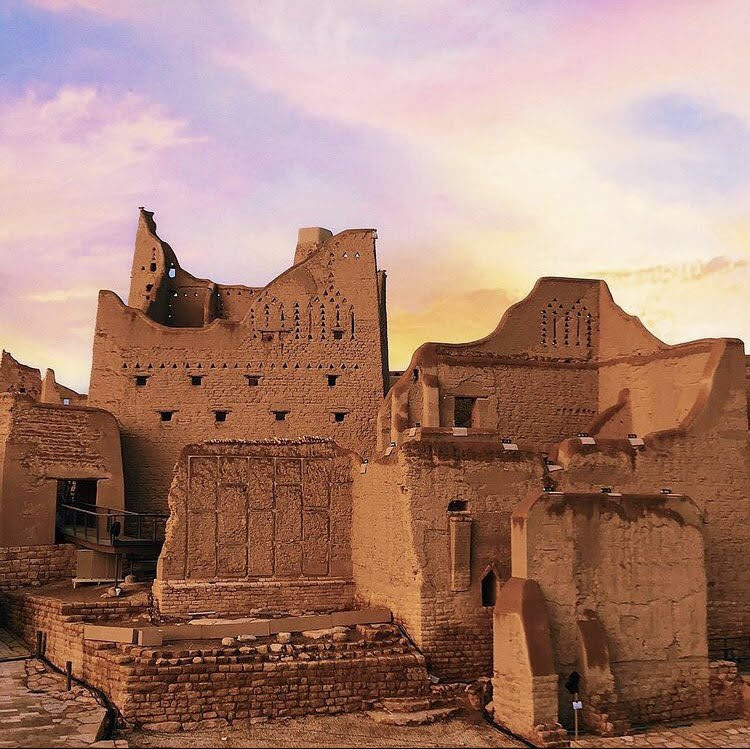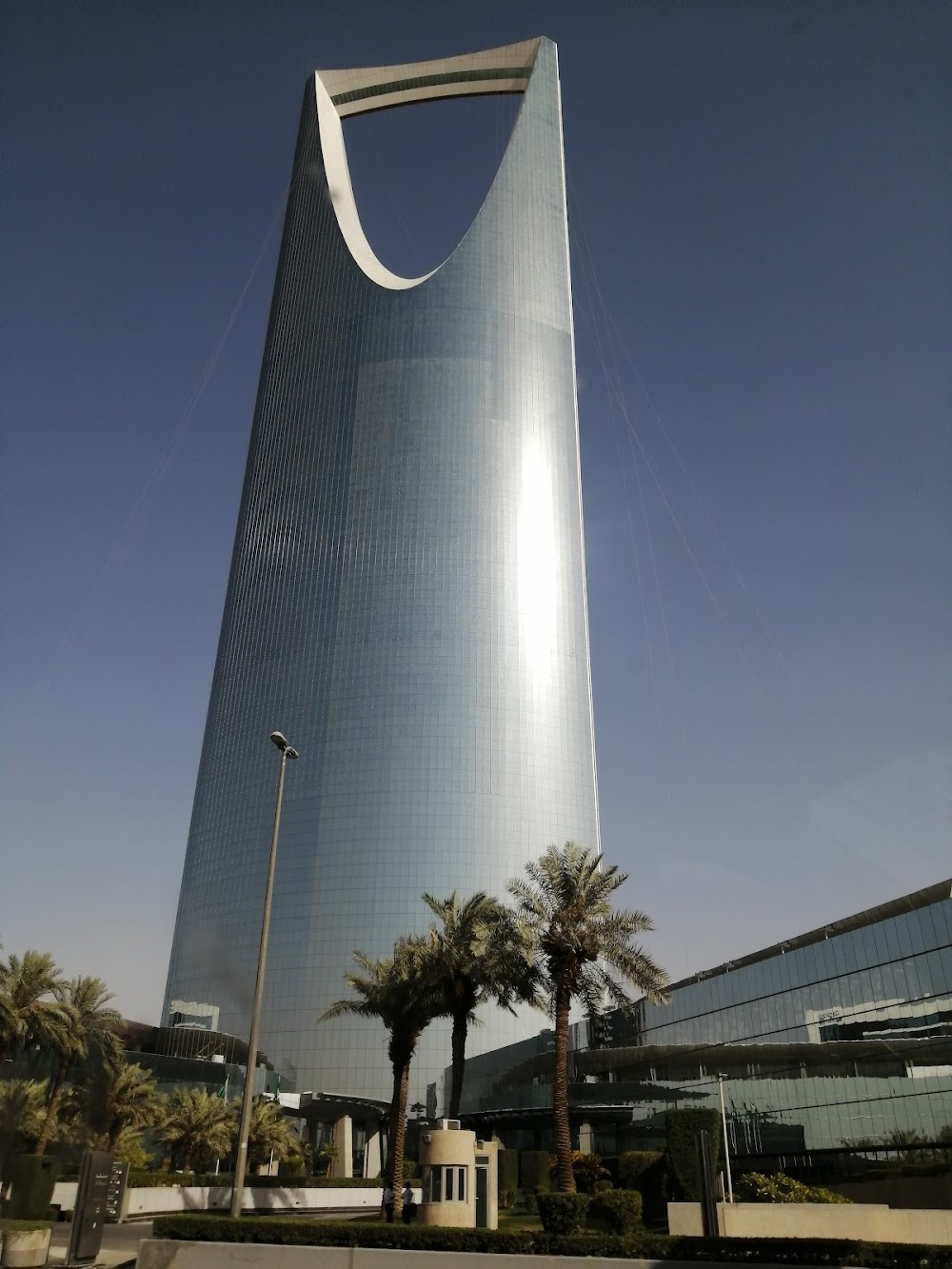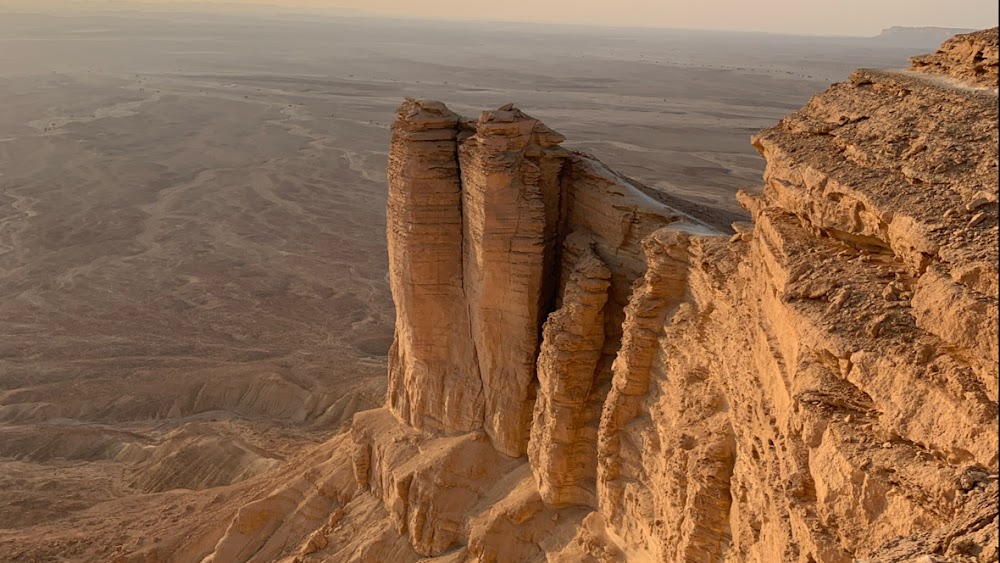Wadi Hanifa (وادي حنيفة)
Overview
Wadi Hanifah, nestled in the heart of Riyadh, Saudi Arabia, is an iconic natural landmark that beautifully marries the tranquility of nature with human ingenuity. This stunning valley, which seasonally fills with water, stretches approximately 120 kilometers and originates from the Tuwaiq Escarpment. Historically, Wadi Hanifah served as a vital resource for local settlements, providing water and a fertile environment for agriculture.
However, Wadi Hanifah faced significant challenges over the years due to urban development and pollution. By the 1980s, the valley had unfortunately become a dumping ground for sewage and industrial waste, disrupting the local ecosystem and detracting from the area's natural beauty and heritage. Recognizing the urgency of the situation, the Arriyadh Development Authority (ADA) launched a comprehensive restoration project in the early 2000s aimed at rehabilitating the wadi, restoring its ecological balance, and transforming it into a green belt surrounding Riyadh.
The initiative, known as the **Wadi Hanifah Development Project**, involved meticulous planning, extensive environmental studies, and cutting-edge engineering techniques. One of the first steps taken was to remove waste and pollutants from the valley, accomplished through the installation of several wastewater treatment plants along the wadi. These facilities treat sewage and industrial wastewater, ensuring that only clean water is reintroduced into the valley, thus replenishing its natural water reserves and sustaining its flow during dry seasons.
Following the cleanup, the project turned its attention to **landscape rehabilitation**. Extensive reforestation efforts were implemented, with over 50,000 native trees and shrubs planted to stabilize the soil and enhance local biodiversity. This transformation resulted in lush, green landscapes where once there were barren and polluted lands, revitalizing the area for both wildlife and visitors alike.
To enhance public access and enjoyment, the project also introduced a variety of **recreational facilities**. Walking, jogging, and cycling pathways were created, along with picnic spots, playgrounds, and viewing platforms that offer breathtaking vistas of the valley. These amenities have made Wadi Hanifah a beloved destination for residents and tourists seeking a peaceful retreat within the bustling city of Riyadh.
The project also included the construction of **small dams and water retention structures** to control water flow, preventing flooding during heavy rains and ensuring a consistent water level year-round. These dams help support aquatic life and promote vegetation growth, further enhancing the ecological health of the wadi.
Importantly, the Wadi Hanifah Development Project was not solely focused on environmental restoration; it also aimed at preserving and promoting the **cultural and historical significance** of the valley. Ancient sites and landmarks within Wadi Hanifah were carefully restored, with informational signage and guided tours providing visitors with insights into the rich history and heritage of the area.
The success of the Wadi Hanifah Development Project has garnered widespread recognition, including the prestigious **Aga Khan Award for Architecture** in 2010. This accolade serves as a testament to the thoughtful integration of architecture, landscape design, and environmental engineering, showcasing how modern urban areas can harmonize development with nature.
Today, Wadi Hanifah stands as a thriving oasis in the arid landscape of Riyadh, representing the power of restoration and the importance of sustainable development. The valley not only provides a green respite for the city’s residents but also symbolizes Saudi Arabia’s commitment to environmental conservation and heritage preservation.
The remarkable transformation of Wadi Hanifah from a polluted valley to a sustainable urban oasis is a testament to the dedication and vision of those involved in the project. It serves as an inspiring model for other urban regions facing similar ecological challenges, illustrating the potential for renewal and harmony between nature and urban life.







